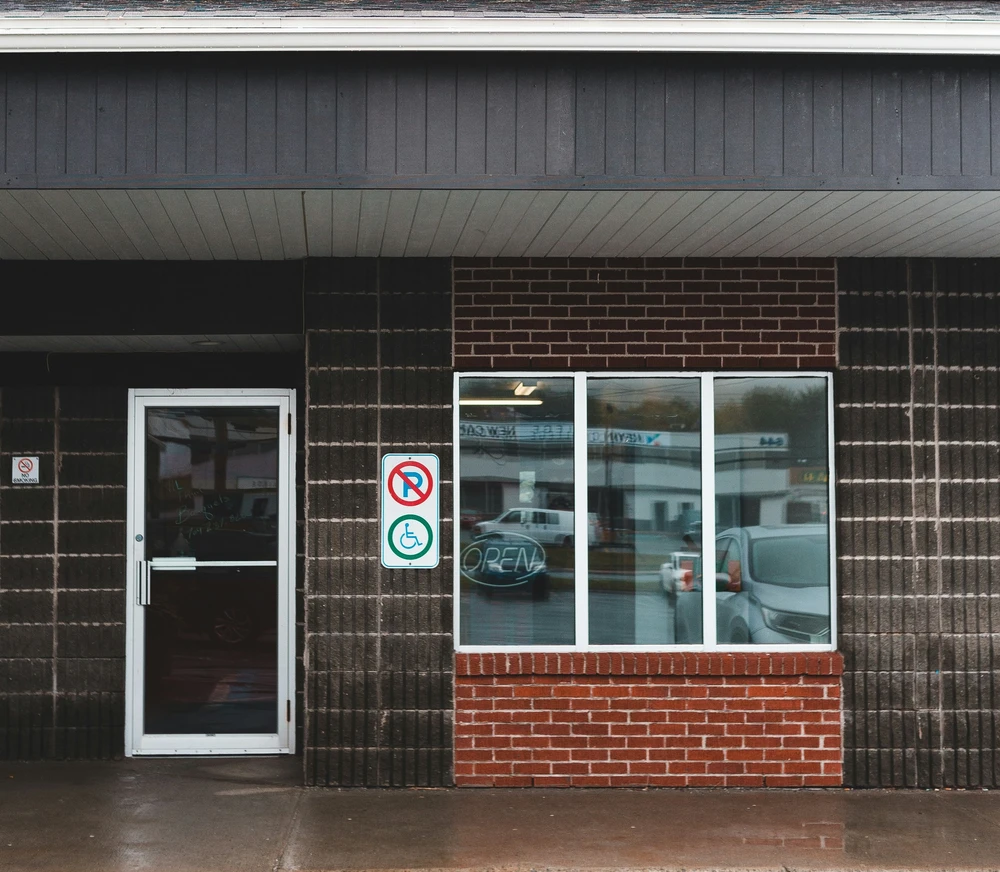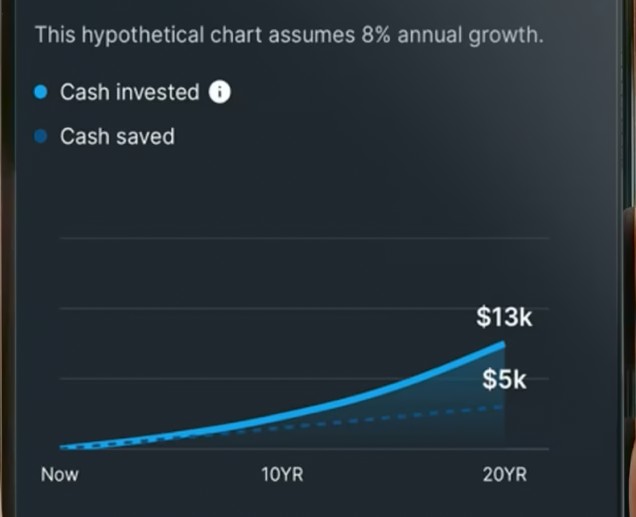Understanding Your Tax Obligations as a DoorDash Driver
In today’s fast-paced gig economy, flexibility and independence are everything — and DoorDash offers exactly that. But with freedom comes responsibility, especially when it comes to taxes. As a DoorDash driver (or “Dasher”), you’re considered an independent contractor — not an employee. This classification brings with it important tax obligations DoorDash drivers must be aware of to avoid unexpected surprises.
Unlike traditional employees who have taxes automatically deducted, DoorDash drivers must manage their own. This includes:
- Self-employment tax (Social Security + Medicare)
- Federal and state income taxes
- Quarterly estimated payments (for those earning consistently)
The IRS now keeps a close eye on gig workers. Failing to report income or pay quarterly taxes can result in penalties or audits. But don’t worry — with the right tools and guidance, you can stay compliant and keep more of your hard-earned cash.
What Tax Documents Do You Need?
To file taxes accurately, gathering the right documents is the first step:
✅ Form 1099-NEC
- You’ll receive this from DoorDash if you earned $600 or more in 2025.
- Download it from your DoorDash account around January.
✅ Mileage Log
- Every mile driven for deliveries can potentially be deducted.
- Keep detailed records (date, miles, purpose).
✅ Receipts for Deductible Expenses
- Fuel, car repairs, oil changes
- Car insurance (business use portion)
- Phone bills (used for DoorDash app/navigation)
- Delivery supplies (bags, phone mounts)
📁 Tip: Use an app like Everlance, Hurdlr, or Stride to automatically track mileage and categorize expenses.
How to Calculate Your Income from DoorDash
Calculating income involves more than just looking at what hits your bank account. Here’s how:
- Use DoorDash’s Earnings Summary in your app for base pay, tips, bonuses.
- Cross-reference with your 1099-NEC to ensure accuracy.
- Include ALL income, even cash tips not reflected on the app.
🧾 Example: If you received $20 in cash tips per week, that adds up to over $1,000 a year — and it’s taxable.
💡 Pro Tip: Keep a simple spreadsheet where you enter:
- Daily deliveries
- Miles driven
- Cash tips received
Understanding Deductions: What You Can Write Off
This is where many DoorDash drivers can save hundreds or even thousands on their taxes.
🚗 Vehicle Expenses:
You have two choices:
- Standard Mileage Deduction – 67 cents per mile (2025 rate — check IRS site)
- Actual Expenses – Add up all gas, maintenance, depreciation, insurance, etc.
Usually, the mileage method is simpler and offers a bigger deduction for high-mileage drivers.
📱 Phone & Service Bill:
If you use your phone 50% for DoorDash, you can deduct 50% of your monthly bill.
🎒 Delivery Supplies:
Insulated bags, phone mounts, even bottled water you keep for customers.
🅿️ Parking & Tolls:
Only if you pay them during deliveries (not while shopping personally).
✅ Document everything. Without receipts or logs, the IRS won’t allow the deduction.
Filing Taxes: Step-by-Step Guide
- Gather your documents:
- 1099-NEC
- Mileage logs
- Expense receipts
- Fill Out Schedule C (Profit or Loss from Business):
- Report income
- Subtract deductible expenses
- Complete Schedule SE:
- Calculate self-employment tax
- File Form 1040:
- This is your main tax return
- Consider Quarterly Estimated Taxes:
- Due: April 15, June 15, Sept 15, Jan 15
- Use IRS Form 1040-ES
Best Tax Tools for DoorDash Drivers
Don’t try to do it all manually. Use tools designed for gig workers:
🛠️ Tax Software
- TurboTax Self-Employed: Auto-imports DoorDash 1099s, tracks expenses.
- H&R Block: Offers live CPA support.
- Keeper Tax: Specifically for gig workers, finds deductions automatically.
🧾 Mileage + Expense Tracking
- Everlance: Tracks mileage automatically via GPS.
- Stride: Free and simple.
- QuickBooks Self-Employed: Full tax suite for serious Dashers.
Should You Take the Standard Deduction or Itemize?
For most DoorDash drivers:
- Standard deduction is easier — $13,850 for single filers in 2025
- Itemize only if your expenses exceed that amount
🧮 Example: If your business expenses (mileage, phone, car repair) total $15,000, you should itemize.
💡 Tip: Run both scenarios through tax software to see which saves more.
Dealing with Tax Payments and Refunds
If your income is consistent, it’s wise to pay quarterly estimated taxes to avoid IRS penalties.
Here’s how:
- Estimate your annual net income.
- Multiply by ~15.3% for self-employment tax.
- Add your federal and state tax rates.
- Divide by 4 and pay quarterly.
Use IRS Direct Pay to make your payments.
🚨 If you don’t pay quarterly and owe over $1,000 at tax time, the IRS may charge interest and penalties.
Planning Ahead for Next Year
Make next year easier — start organizing now:
- Track income and mileage weekly
- Use apps instead of paper
- Set aside 25-30% of earnings for taxes in a separate savings account
- Review your deductions quarterly
- Consult a tax pro if you plan to make DoorDash a long-term hustle
Bonus Tip: Don’t Miss Out on Health and Retirement Options
Being self-employed means you’re on your own for benefits — but that doesn’t mean you’re out of options:
🏥 Health Insurance:
- Check the Marketplace (HealthCare.gov) for income-based plans.
- Explore associations or local chambers of commerce that offer group plans.
💰 Retirement:
- Consider opening a Roth IRA or SEP IRA.
- Even $20/week into retirement savings can grow significantly over time.
Common Mistakes DoorDash Drivers Make
Avoid these tax pitfalls many gig workers fall into:
- ❌ Not tracking mileage or expenses
- ❌ Ignoring cash tips
- ❌ Forgetting to save for taxes
- ❌ Filing late or skipping quarterly payments
- ❌ Using personal-only bank accounts (consider opening a separate one!)
FAQs: Tax Obligations DoorDash Drivers Should Know
Do I have to file taxes if I earned under $600 with DoorDash?
If you earned under $600, DoorDash won’t send you a 1099, but you’re still legally required to report the income.
Can I deduct food and drinks I purchase during delivery hours?
Only if it’s a client-facing expense, which is rare for DoorDash. Meals for yourself aren’t deductible.
What if I didn’t save for taxes last year?
File anyway, and set up a payment plan with the IRS if needed. It’s better than ignoring it and risking penalties.
Should I hire a CPA?
If you drive full-time or have multiple side hustles, yes. A CPA can ensure you’re maximizing deductions and staying compliant.
Final Thoughts: You’ve Got This 💪
Filing taxes as a DoorDash driver may seem overwhelming at first, but with the right systems in place, it becomes second nature. You work hard dashing around town — don’t let the IRS take more than they should. Stay informed, stay organized, and you’ll keep more of what you earn.
If you found this guide helpful, share it with a fellow Dasher or bookmark it for tax season.
🔎 Related Posts on BudgetWiseHub.com:

